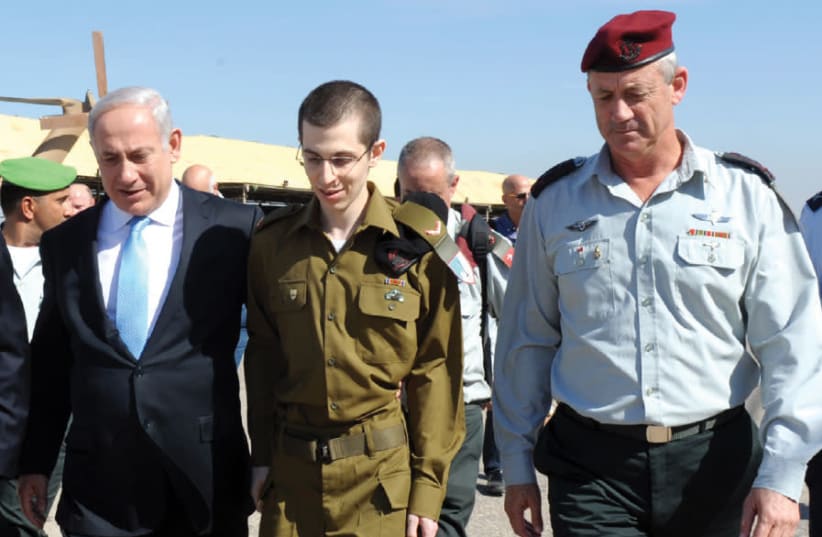In three months, it will be six years since “Protective Edge”, the last large-scale operation in the Gaza Strip during which IDF officer Hadar Goldin and soldier Oron Shaul were kidnapped by Hamas.
In September, it will be six years since Avera Mengistu crossed into the Gaza Strip since which he has been held by the terrorist organization. And this April, it is five years since Hisham Sha’aban al-Sayyed entered Gaza, and his whereabouts remain unknown.
On Tuesday, Prime Minister Benjamin Netanyahu’s office released a statement saying that Israel is willing to negotiate a prisoner swap with Hamas.
“The coordinator for captives and missing people, Yaron Bloom, and his staff, together with the National Security Council and the defense establishment, are prepared to act constructively with a goal to return the bodies and missing people and end this matter, and call for an immediate discussion through intermediaries,” the statement reads.
This statement came after Hamas leader in Gaza Yahya Sinwar indicated his organization’s willingness to make concessions in order to reach a prisoner deal with Israel.
We can only assume that Sinwar’s change of heart came due to the complexities that the coronavirus crisis bears with it, and that Israel conditioned its assistance to prevent a disaster in the Gaza Strip with solving the hostages' crisis.
And it is about time that our boys return home. After six years that the Goldin and Shaul families have suffered, and following a five year struggle for the Mengistu and a-Sayyed families, Israel should finally exercise its authority and fight for what it stands for.
Even in their bodies, our Jewish values mandate that we work to retrieve them.
However, Netanyahu should learn from his past mistakes.
In the Gilad Schalit deal, Netanyahu released 1,027 prisoners, of which many returned to their former terrorist ways.
Among them are Mahmoud Quaasameh, who initiated and orchestrated the kidnapping and murder of three Israeli teenagers in Gush Eztion in 2014, an attack that eventually led to the Gaza War that summer. There is also Mohammed Fakih, the murderer of Rabbi Michael “Miki” Mark from Otniel in 2016; and Yahya Sinwar himself.
And this issue raises another painful subject, that remains in the dark in Israel – how do we negotiate the potential return of our captive soldiers and citizens and what price should we be willing to pay as a state?
In 2008, when Ehud Barak was the defense minister, he appointed a public committee headed by former Supreme Court president Meir Shamgar to set the ground rules on how the state should negotiate with enemies on the matter of POWs.
When the committee started working, it decided that its conclusions will be published only after Schalit (who was kidnapped in 2006 and released in 2011) will be released from Hamas captivity.
And in 2012, the committee presented its recommendations to the defense minister, but those were classified as top secret, and the public never saw the full report.
We encourage the prime minister and government to reveal the findings and conclusions of the Shamgar Committee and let the public be aware of the guidelines of Israel’s negotiations.
We cannot afford another Schalit deal that sees the release of prisoners who would then go out and kill more Israelis.
Hezbollah leader Sheikh Hassan Nasrallah once said: “We love death, as much Jews love life.” This slogan is often repeated by Hamas leaders.
And this is true. Israel should fight for every Israeli, anywhere in the world. We’ve seen an excellent example during the coronavirus crisis when the country sent airplanes across the globe to bring its citizens back home.
We now seem to have an opportunity to bring back our captives from Gaza. But the Israeli public should know the price beforehand and the guidelines before and during the negotiations. What are we willing to give in return for dead bodies? Live prisoners or dead bodies?
Israelis deserve to know.
